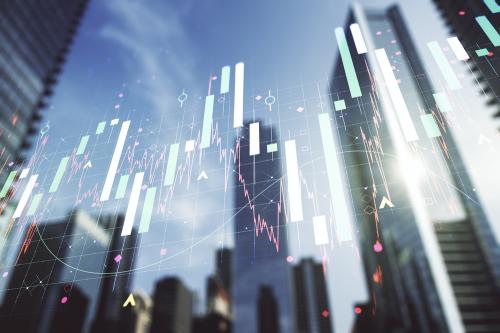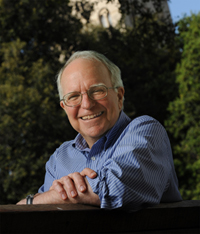The Brookings Institution is committed to quality, independence, and impact.
We are supported by a diverse array of funders. In line with our values and policies, each Brookings publication represents the sole views of its author(s).

Research
BPEA | 1985 No. 1

1985, No. 1
THE ASSOCIATION between the inflation rate and the level of aggregate demand, and the related concept of the natural unemployment rate, have been perennial Brookings Panel topics. This fifteenth anniversary of the Panel seems an appropriate occasion to take another look at the U.S. inflation process. After a series of inflationary “surprises” during the 1970s, when the inflation rate was regularly underpredicted by forecasters and inflation analysts, inflation has decelerated faster and further since 1980 than many thought possible. Does the disinflation of the early 1980s call for a new approach to the study of the inflation process, as did the stagflation of 1969-71 and the supply shocks of 1973-74? Or has the research effort of the 1970s yielded a quantitative representation of the inflation process and the natural rate of unemployment that remains relatively intact in the mid-1980s?